|
|
||
|
Somehow within the creaking behemoth of the California garment industry, facing fierce competition from across the Pacific Rim, a Montreal-born, Jewish businessman with a handlebar mustache is expecting $150 million in 2004 sales. Dov Charney, founder of American Apparel, is successfully selling a back-to-basics, trendy, sexy and socially conscious corporate image. His stores, now in many major U.S. cities, are modern and sleek. The clothes are all made in Los Angeles, there are no labels on them and they’re touted as “sweatshop free.” In the fashion business, that’s a stark contrast to the stereotypical logo-heavy giant corporations paying 10 cents-per-hour to workers across the Pacific. Trends in apparel production are extremely important. Fashion is a $24.3 billion industry in California, and some of its larger corporations are intimately linked to Jewish philanthropic causes. Jewish involvement in the business nationwide stretches back 100 years, when European immigrants struggled to lift their families into the middle class. “Overall, the fashion industry donates approximately $2 million to The Jewish Federation each year,” said Kelly Baxter Menachemson, director of the Fashion Industries Division of The Federation. Menachemson said that there are fewer of these donors than there once were, but they are each very committed and generous. Today, a combination of free trade, higher workplace standards and anti-sweatshop lawsuits are combining to reshape the way the apparel business is run, and Los Angeles’ huge garment industry is at the flashpoint. On Jan. 1, 2005, the 1974 Multi-Fiber Arrangement (MFA) will expire. Quotas governing the amount of apparel legally imported into the United States from any single country will be lifted in accordance with a World Trade Organization agreement. That means any U.S. company with the desire to move its production to a foreign country will be able to do so. The biggest worry is that China, with its combination of super-low-wage workers and a good shipping infrastructure, will increase its dominance over the world textile market, squeezing out more expensive or less competitive labor markets. Cristina Vazquez, regional manager for the UNITE union, which represents garment workers, says the good apparel industry jobs are already gone. She blames an increasing atmosphere of free trade, starting in the 1970s and culminating in the North America Free Trade Agreement (NAFTA), and now the MFA expiration. For Vazquez, the MFA was a last line of defense. “A lot of contractors are going to close, because it’s going to be hard for them to compete,” Vazquez said, adding that many garment workers are looking for ways to get out of the industry. The numbers bear that out. According to the archives of the California Employment Development Department, there were 111,900 apparel workers in 1997 in Los Angeles County. In 2002 there were 89,300. Despite this fashion maelstrom, American Apparel is growing rapidly under a new model. It defines a niche buyer, rather than bombarding the entire market with a well-known brand name at rock-bottom prices, where the Chinese advantage is strongest. “Everybody’s frightened of the quotas coming down, but I really don’t think it’s going to affect our guys at all,” said Frances Harder, executive director of Fashion Business Inc. (FBI). The nonprofit FBI helps creative young designers develop their start-up businesses. “They’re not going to try to compete with who’s manufacturing in China,” she pointed out. Harder says start-up fashion designers’ clothes are trendy, niche specific and subject to quick changes stylistically. Having a local production base is crucial to that approach. American Apparel markets simple, sleek lines with solid colors; high quality fabrics, and a tight fit to young, urban buyers. Other companies following Charney’s example could have different niches, so long as they maintain the idea of intimately knowing what their target market wants. Charney’s colorful history, gossiped about in publications worldwide, seems to have led him to this business revelation. He was born in Montreal in 1969 and was already making deals and hustling merchandise in his teens. At Tufts University near Boston, he sold T-shirts out of his dorm. Charney came to Los Angeles in 1997 with plenty of deal-making street smarts — most importantly, how to sell a product and how treating workers well makes for an efficient team. He’s likened his shop in Los Angeles to a kibbutz. Harder recognizes Charney’s business as a great example for her startups. “I think what American Apparel does is serve the need,” she said. “He does everything to serve either the people who buy from him or the people who work for him.” And when it comes to the workers, Charney’s no-sweatshop policy proves that manufacturers in the United States don’t need to try to match wages with countries like China and Indonesia. American Apparel manages to earn impressive profits while paying workers a living wage of $13 per hour on average. Charney said staying local is not an anomaly, noting the costs of going offshore — including transportation, supervision and quality-control tasks — are all going up. A quick look at the backlog at the Port of Los Angeles supports that hypothesis. But even if American Apparel’s clothes do end up costing a few dollars more than foreign-made brands, its hip marketing campaign (think saturated-color photos of angsty, attractive models) and its quality products have made up for it. “I think you can remove duty and taxes and have a complete environment of free trade, and there’s still going to be an apparel business that’s here,” Charney said. “[The MFA issue] is a lot of hype. The main thing is to get behind the businesses that are doing well here and help them to expand.” “If somebody wants something that’s new and hot, they’re going to spend the money on it,” Harder agreed. That keeps the local manufacturers in business, MFA or no MFA. And Harder said Los Angeles is at the center of global fashion trends right now. “I just got back from Europe,” she said, “and it’s the first time I’ve never bought anything over there.” But according to Charney, the banks and the city make it very difficult for young fashion start-ups, the kind most likely to use local labor, to get off the ground. California has generous, albeit recently reformed, worker’s compensation entitlements. Financing can be extremely hard to secure. Costs abound for the small apparel company. Stan Levy, founding member of Bet Tzedek Legal Services and chairman of the Labor and Public Affairs Committee of the California Fashion Association, an industry group, said staying in the United States means abiding by a host of rules that don’t exist in countries such as China. “There are companies [in the United States] spending hundreds of thousands of dollars per year on having monitoring officers trying to ensure that their working conditions are kosher, in effect,” Levy said. Lawsuits against apparel manufacturers, such as a recent battle between Bet Tzedek and Wet Seal over back wages, are scaring other clothing makers into spending large sums to make sure it doesn’t happen to them. Charney said American Apparel is by no means the only one taking care of its workers and being responsible: “There are hundreds of companies that do.” But without the proper support to offset their costs, Charney fears there will be less space and capital available for start-ups, and that will be the real fashion bogeyman. “We should be cultivating a kind of incubation environment where small companies can get started and get rolling,” he stressed. Those start-ups could be future fashion-industry donors to Jewish philanthropic causes. The Federation’s Menachemson confirmed that as current industry donors near retirement, “there are many young designers today who happen to be Jewish, so in 20 years the industry may look entirely different again.” But whether free trade or a tough regulatory environment is to blame, there is no question that the Fashion District in Los Angeles is already shrinking. Developer Mark Weinstein’s Santee Court housing and retail project takes up an entire city block on the northern edge of the Fashion District. “A small part of it is fashion showroom, but 90 percent is condos, housing and retail mixed-use projects,” he said. “What we’re doing is not dependent on the Fashion District.” Weinstein said the Fashion District is simply changing. “We’re already losing a lot of manufacturing, but there are better areas for them to do that in Los Angeles,” Weinstein said. Weinstein’s housing developments are upscale, including trendy lofts and for-sale condos. He targets lawyers, graduate students, East Coast residents looking for a second urban apartment and entertainment executives. Weinstein saids 75 percent of the units are already leased, with the first stage of construction barely complete. Rents for all units are not available, but the lowest cost publicly listed on Santee Court’s Web site is $1,440 a month for 690 square feet. Garment workers, even those who are decently paid, could have a very hard time affording the housing. Still, Weinstein dedicated 33 of his currently available apartments to low-income housing, which means he reduces a unit he could rent for $1,500 per month to $492 without public subsidy. “Others aren’t doing that,” he said. But none of the condos going on sale in 2005 and 2006 will be so accommodating. “We’d lose way too much money,” Weinstein said. In the Fashion District today, demographics and manufacturing trends seem to be changing faster than the skirt styles in the boutiques. Will local designers succeed? Will the MFA issue change the business? Will housing and retail take over manufacturing? We’ll have to wait for the spring fashion season to find out. |

|



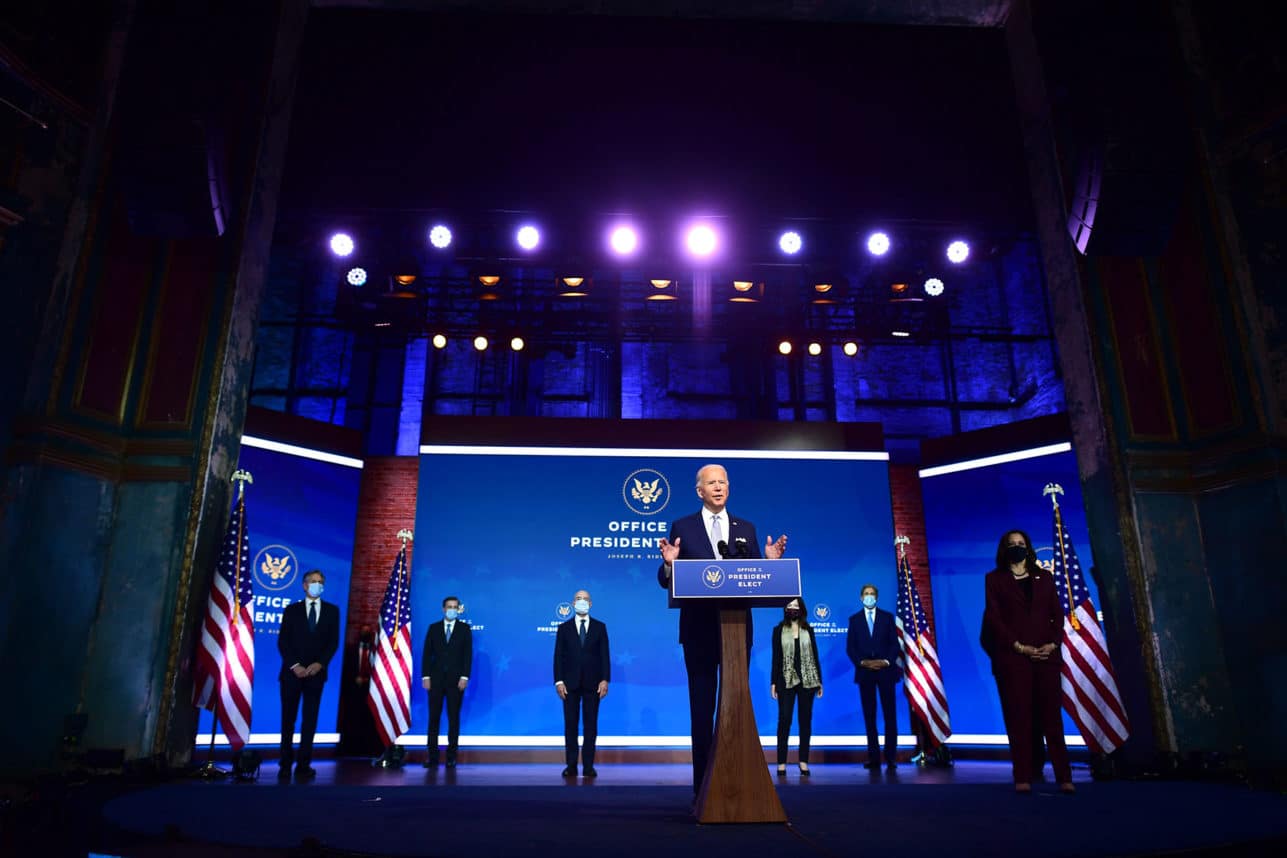

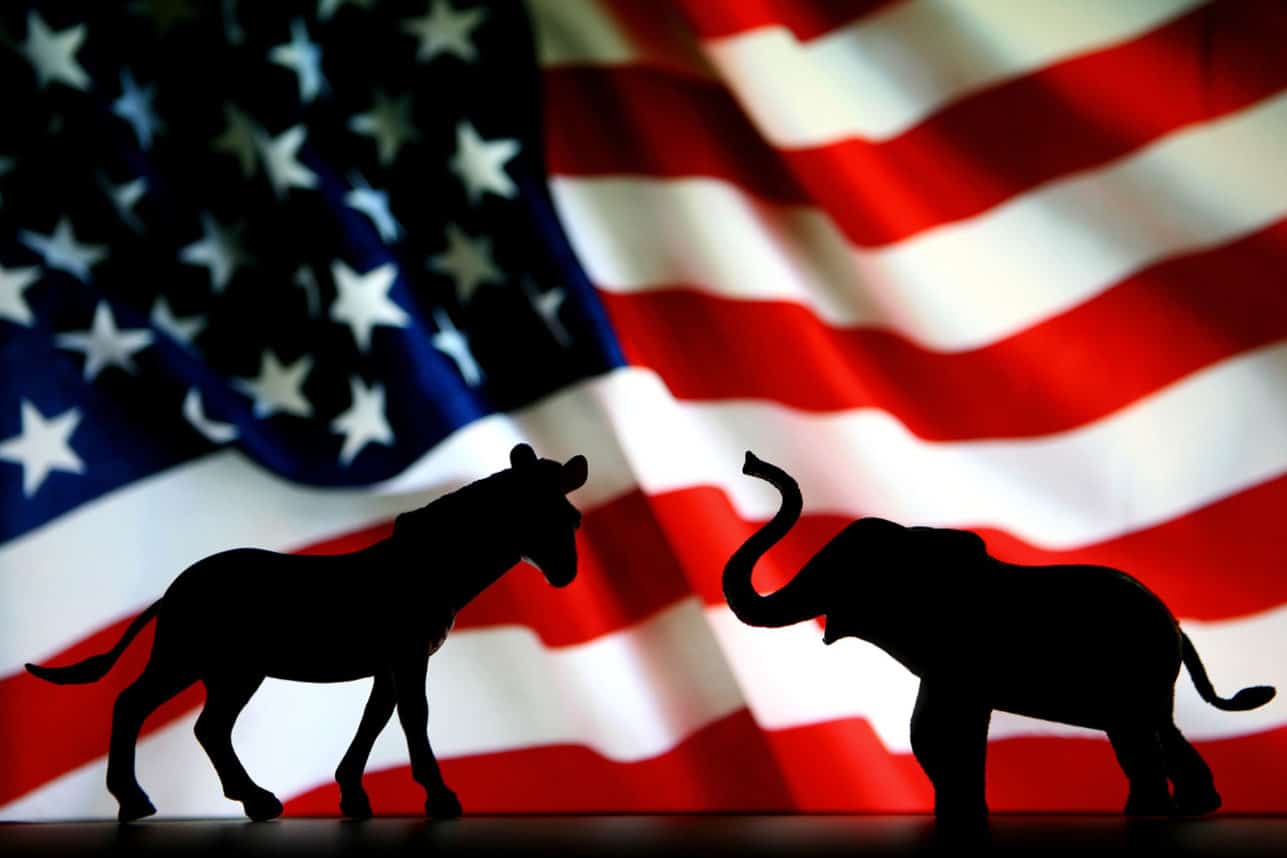
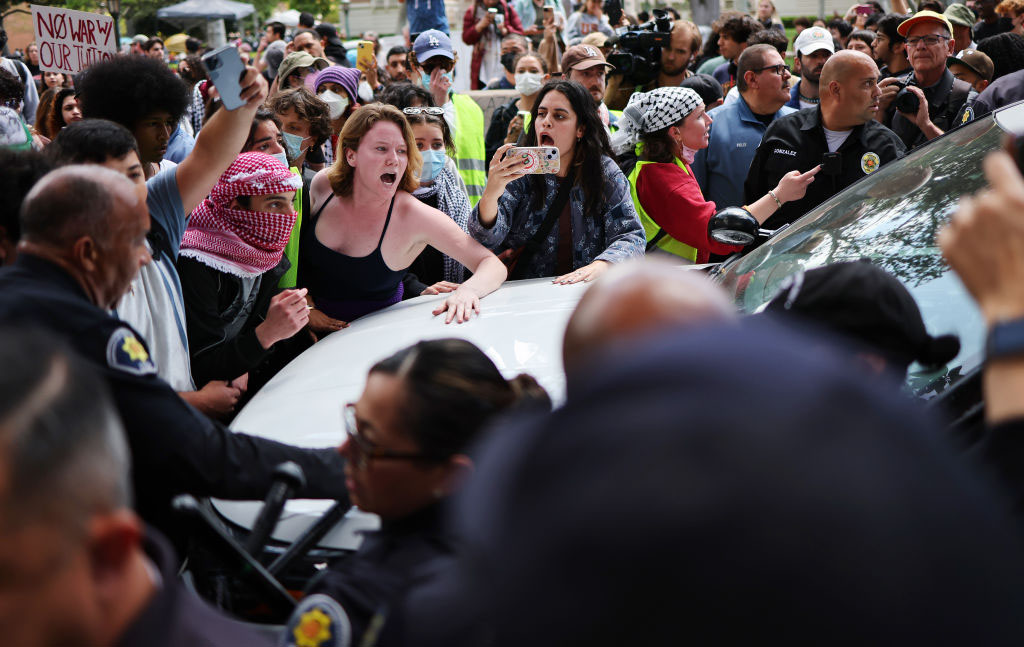

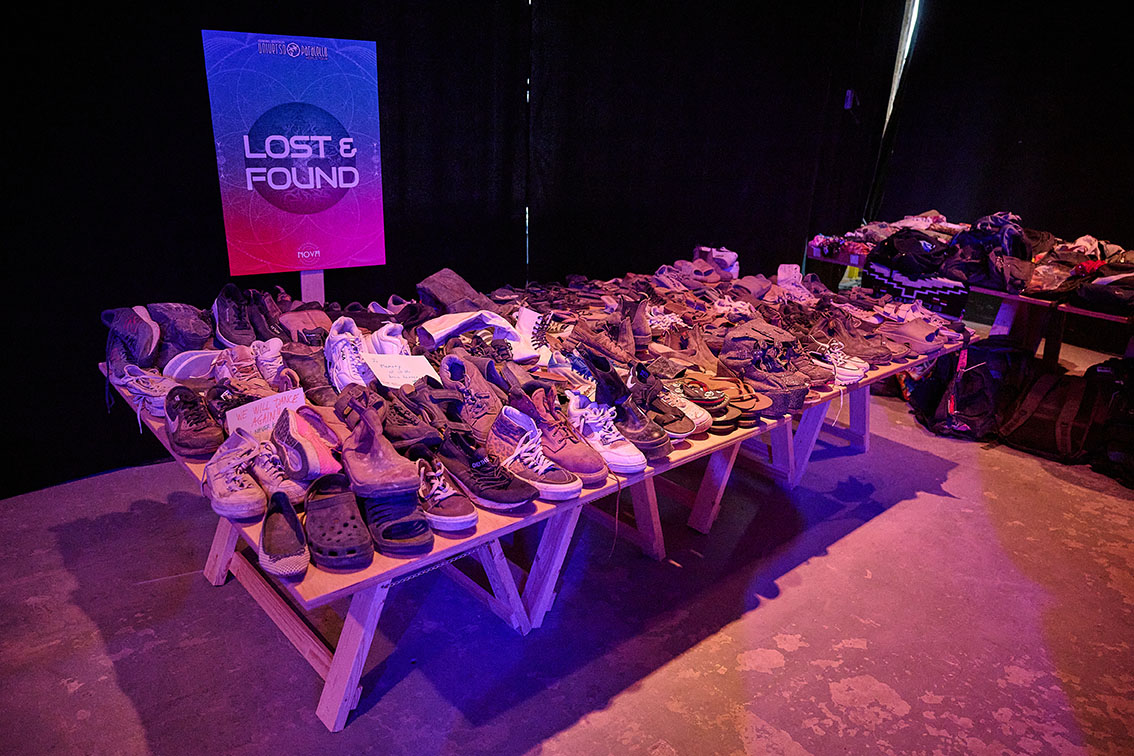

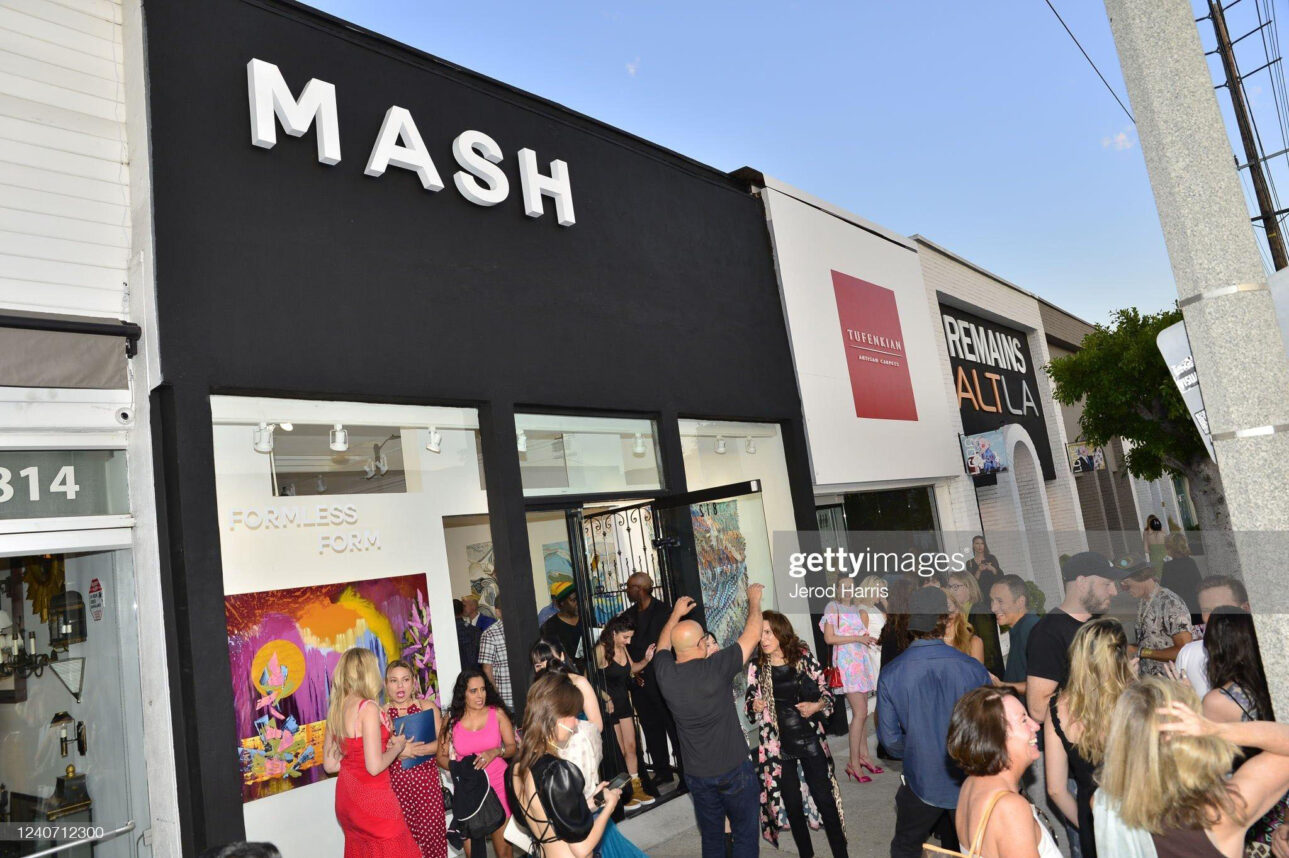

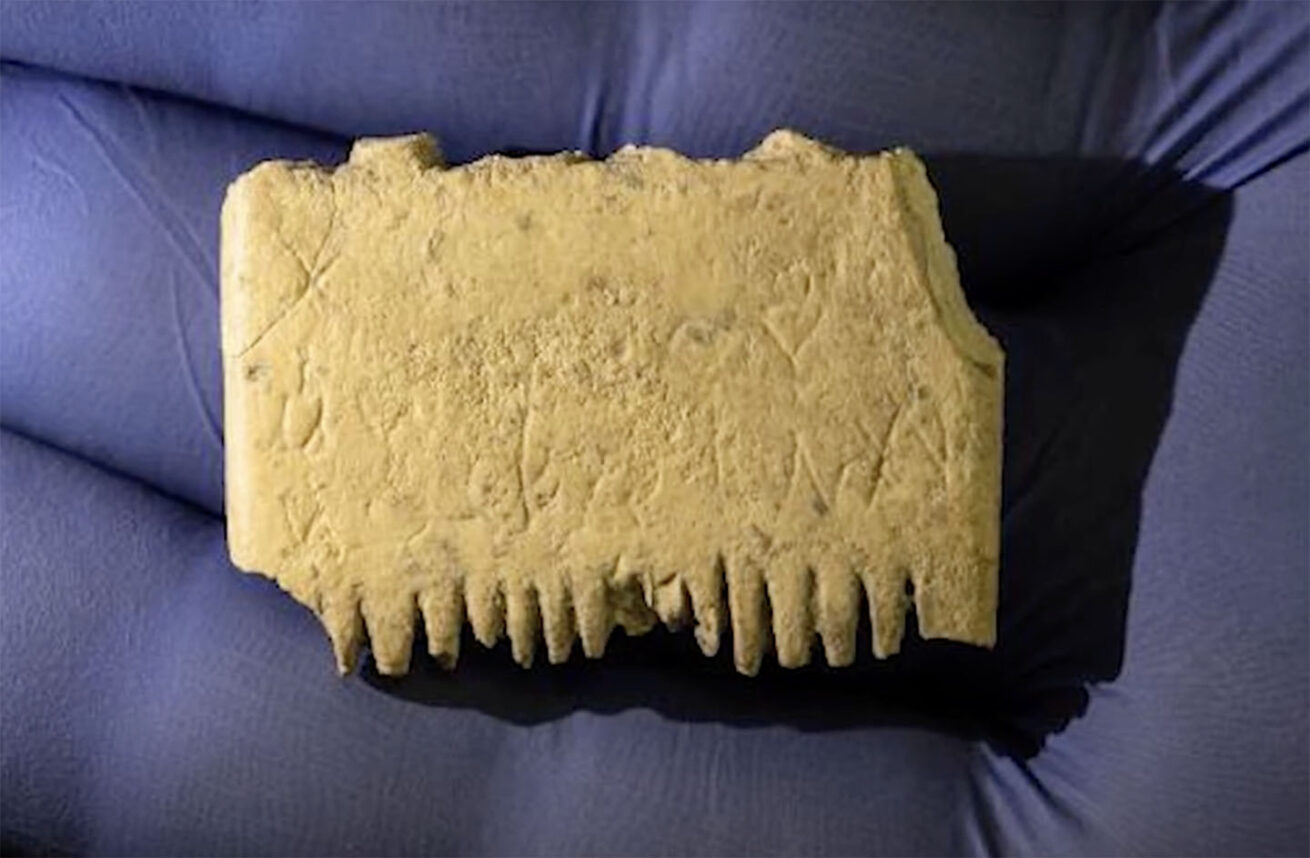



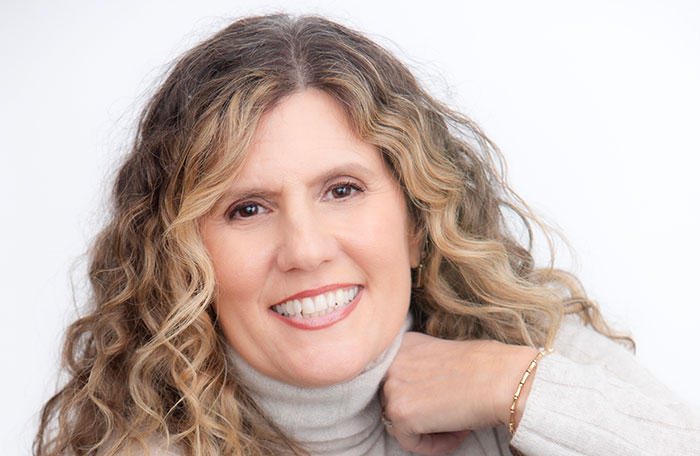



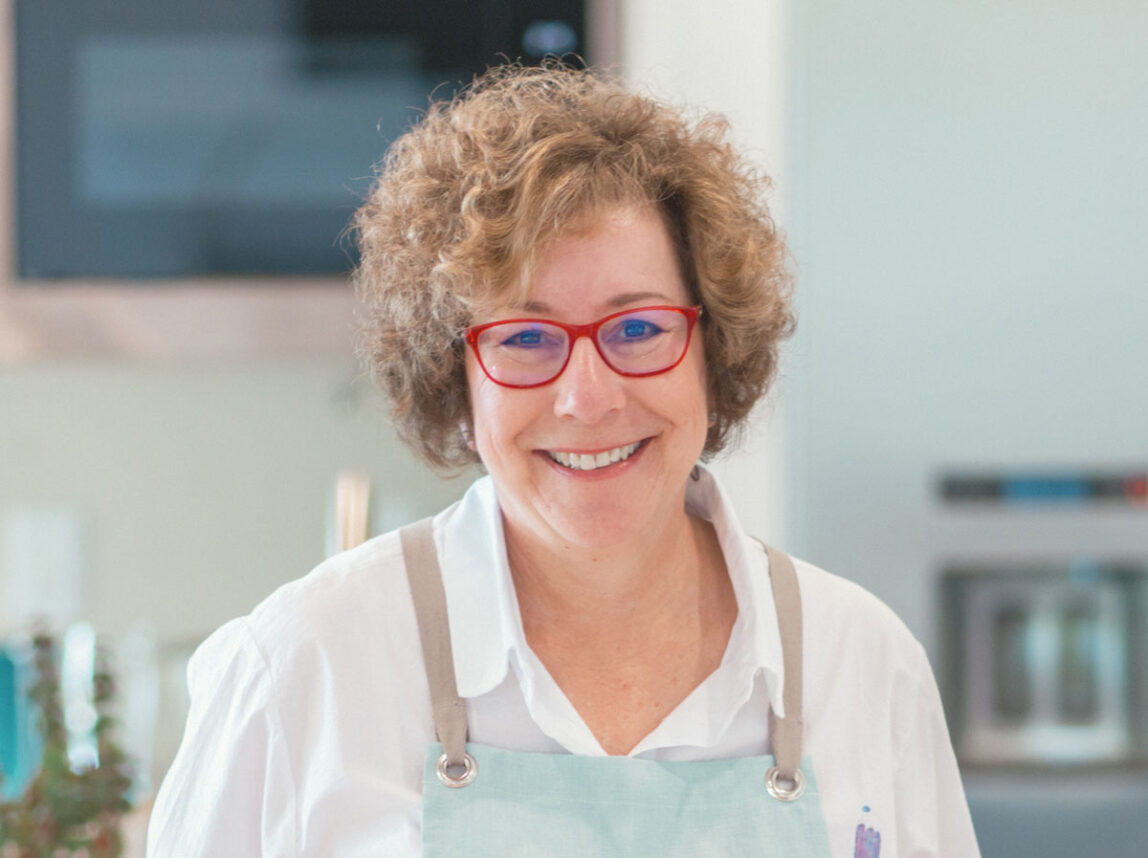
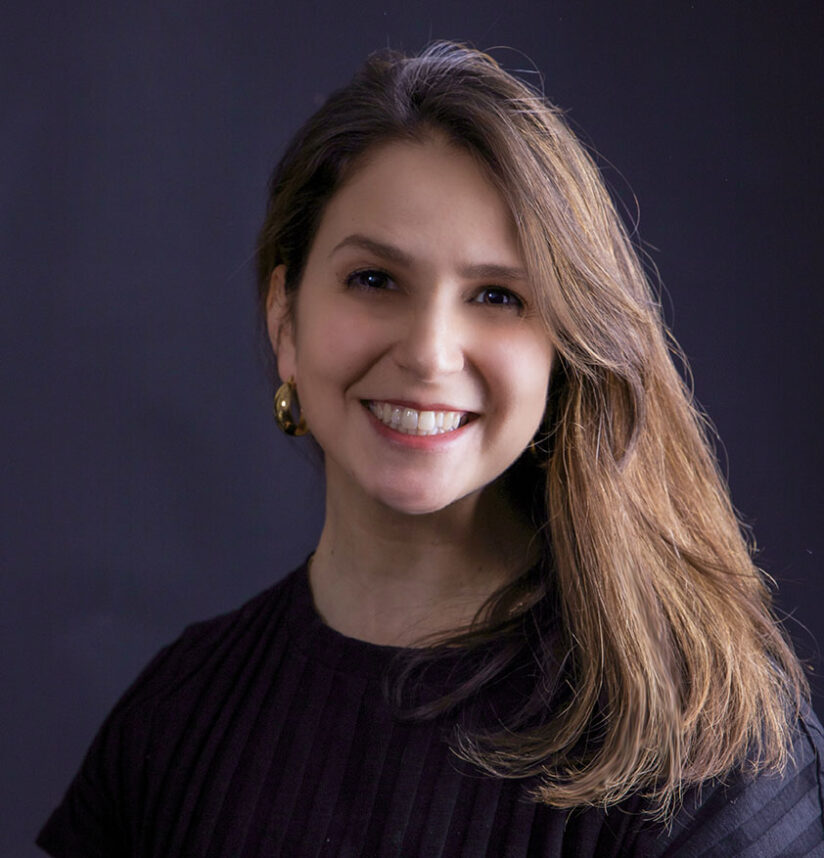
 More news and opinions than at a Shabbat dinner, right in your inbox.
More news and opinions than at a Shabbat dinner, right in your inbox.